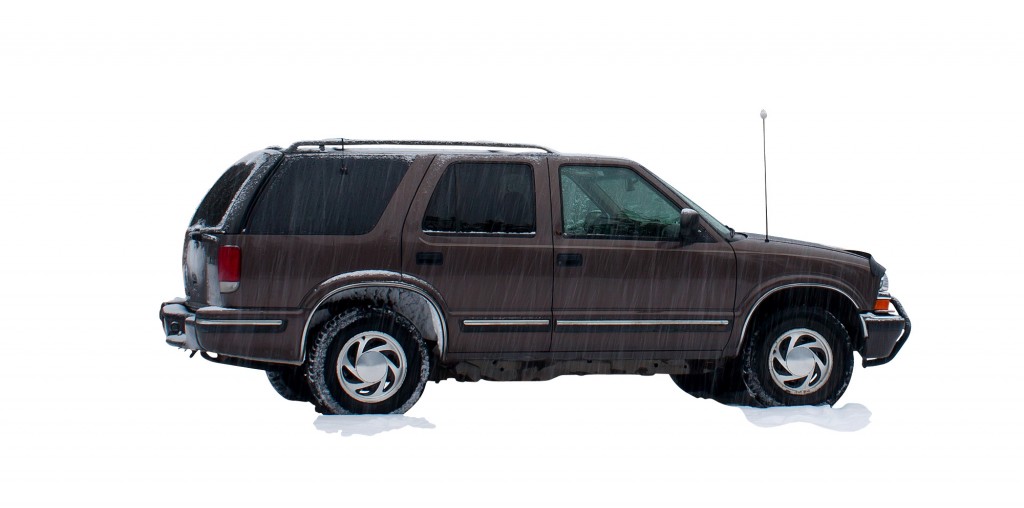Have you ever asked your mechanic if your car is worth a certain repair? Here, we’ll cover repair economics from new to 120,000 miles, and next time, we’ll cover how to get the most out of your car after 120,000 miles.
Generally, today’s vehicles are very reliable through the first 100,000 miles, with most needing very few repairs. All vehicles, however, will need routine maintenance, like oil changes, filter replacements, and tire maintenance. Also, anyone who would like to keep their vehicle rust-free should wash it on a regular basis. The best way to prevent rust is to wash the underbody, especially after driving on chemically treated roads, such as after winter storms. It’s all about prevention, which means you must start when the vehicle is new, and continue for the life of the vehicle.
The next significant phase in the life of a vehicle is between 90,000 and 120,000 miles. This is the time to replace long-life iridium spark plugs, the timing belt, water pump, and shocks and struts. You should also get an antifreeze flush, as well as differential and transmission services. These are all routine maintenance services that you can plan and budget for, even before you purchase the vehicle.
We often hear the question: “Is all of this expense worth it?” Yes, it’s worth it for the vehicle, and yes, it’s worth it for you, as long as you plan to keep it for years to come. Your vehicle definitely needs these scheduled services, but if you plan to sell it in the near future, you may also choose to wait and let the new owner pay for them.
Next time, we’ll talk about repair options for vehicles with 120,000+ miles, and how to make the best repair decisions based on your ownership plans for a vehicle.

